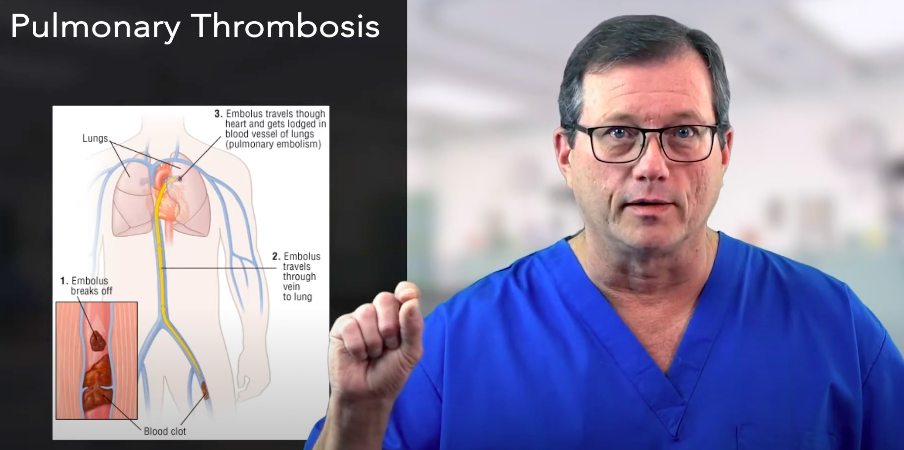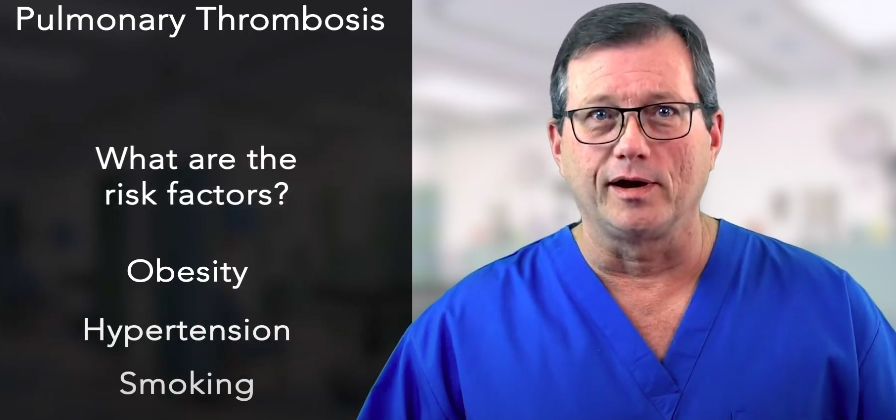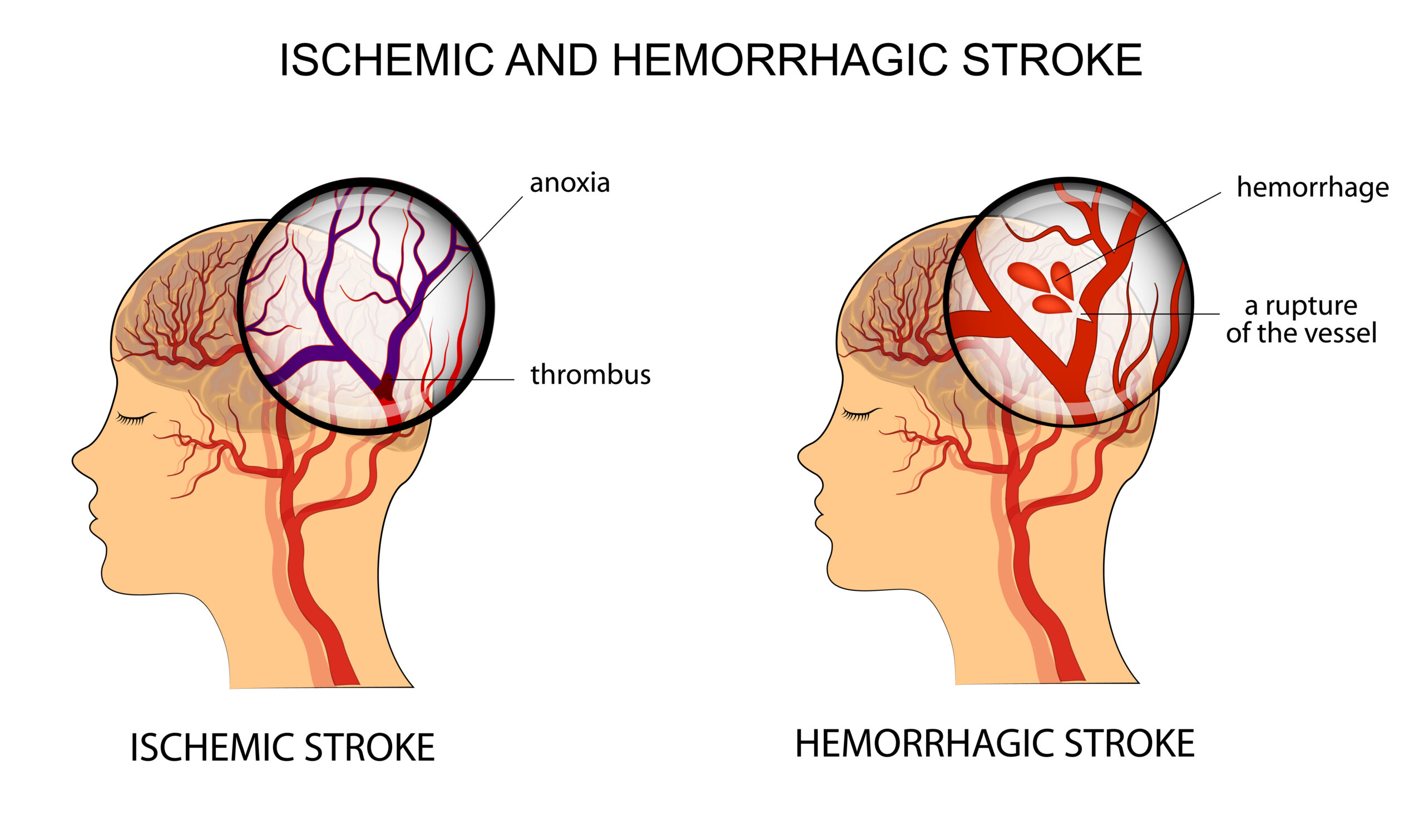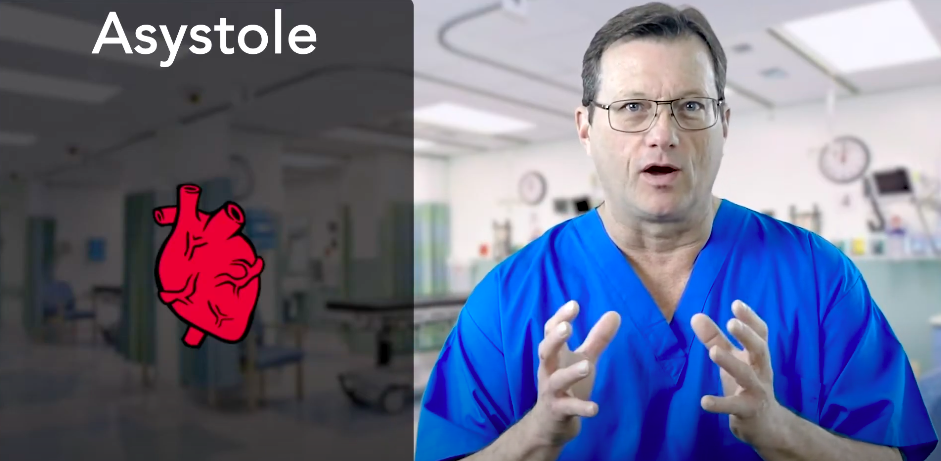Hs & Ts – Pulmonary Thrombosis
ACLS Certification Association videos have been peer-reviewed for medical accuracy by the ACA medical review board.
Article at a Glance
- Pulmonary thrombosis or pulmonary embolism is one of the Hs and Ts and a reversible cause of cardiac arrest.
- In PE, a free clot lodges in the lung, preventing blood flow to the lung.
- That area of the lung produces a ventilation/perfusion mismatch.
- Risk factors for PE include obesity, hypertension, surgery, and smoking.
- The provider should use systemic anticoagulation for small clots. Surgery may be required for larger clots.
This Hs and Ts lesson focuses on one of the Ts: thrombosis. We will discuss pulmonary thrombosis or pulmonary embolism (PE).What is a Pulmonary Embolism?
Definition
A pulmonary embolism occurs when a clot (thrombus) forms somewhere in the body, usually in the lower extremities such as a leg. The clot then breaks free and travels up to the lungs. A clot from the legs travels through the inferior vena cava, into the right atrium, through the right ventricle, and out through the pulmonary artery.
The clot gets wedged in the vasculature of the lungs, preventing blood flow to the area. Since there is no blood flow around the alveolus, that area becomes hypoxic and does not perfuse.

An embolus is a clot that travels through the body and lodges in the lungs, causing an embolism.
The patient will ventilate, but that area of the lung is not perfusing because the blood supply has been cut off. That leads to a ventilation-perfusion mismatch.
Related Video – What are Hypoxia Shunts?
The severity of a pulmonary embolism is determined by how large the clot is. Remember, only 5% of people that develop pulmonary embolisms progress to a cardiac arrest. However, if they do progress to a cardiac arrest, the mortality rate is between 65% and 90%
In the past, we thought long stationary periods were the leading cause of PE, such as someone sitting on a cross-country flight or the daily work schedule of a long-haul truck driver. However, it turns out these aren’t the leading PE causes. Based on current publications, the leading reversible cause of pulmonary embolism is obesity. Other causes of PE are hypertension and smoking. A lot of risk factors for acute coronary syndrome (ACS) also contribute to pulmonary embolism. One such example is women over 30 years old who take oral contraceptives and smoke are at a high risk for pulmonary embolism. Some risk factors for pulmonary embolism include obesity, hypertension, and smoking. Another group of people at risk for PE are post-surgical patients, especially orthopedic surgery. Examples include patients with recent knee replacement surgery, hip replacement surgery, and abdominal surgery. They all put the patient at risk of developing a pulmonary embolism. Read: General Stroke CareRisk Factors

The severity of a pulmonary embolism is determined by the size of the clot. When small clots form, patients will have sharp chest pain, which differs from cardiac pressure. They may also present with tachycardia, tachypnea, and difficulty breathing.Clinical Presentation
Treatment
For smaller pulmonary embolisms, the treatment is systemic anticoagulation to prevent a clot from growing.
For large pulmonary embolisms, anticoagulation or thrombolytics may not be sufficient. These patients may need to go to the operating room for an embolectomy where we physically remove the clot. There is a percutaneous embolectomy and a mechanical embolectomy.

For larger pulmonary embolisms, an embolectomy may be indicated because anticoagulation and thrombolytics may not be sufficient.
In the field, our goal is to recognize the patient’s pulmonary embolism and alert the hospital so they can receive the patient. Support their blood pressure with fluids and support their low saturations with 100% oxygen. Although their saturations may not come up much, we still have to give them supplemental oxygen to try to improve oxygenation. Again, rapid detection and treatment is paramount.
Related Video – Ventilation and Perfusion
To calculate the MAP, you’ll double the diastolic blood pressure reading, add it to the systolic blood pressure, and divide by 3. A normal MAP is between 70 and 100 mmHg. A MAP below 60 is considered dangerous. The MAP is used in other formulas to calculate body pressures, and it’s used as a guideline in some treatment algorithms.
Summary
A pulmonary embolism results when a clot forms in the body, breaks free, and travels to the lungs. The size of the clot determines the severity of the PE. The most significant risk factors for PE include obesity, hypertension, and smoking. The treatment for smaller clots are anticoagulants while bigger clots may require either a surgical or percutaneous embolectomy.
More Free Resources to Keep You at Your Best
Editorial Note
ACLS Certification Association (ACA) uses only high-quality medical resources and peer-reviewed studies to support the facts within our articles. Explore our editorial process to learn how our content reflects clinical accuracy and the latest best practices in medicine. As an ACA Authorized Training Center, all content is reviewed for medical accuracy by the ACA Medical Review Board.

